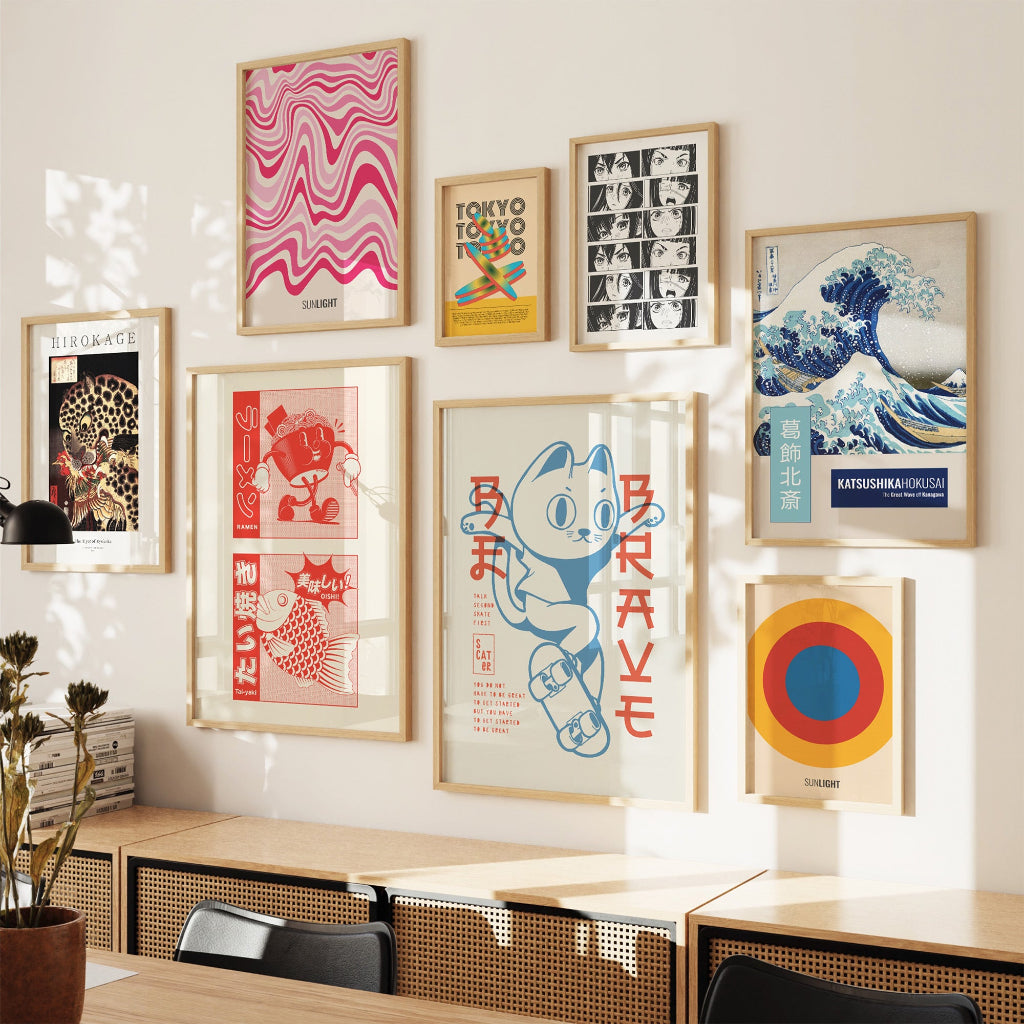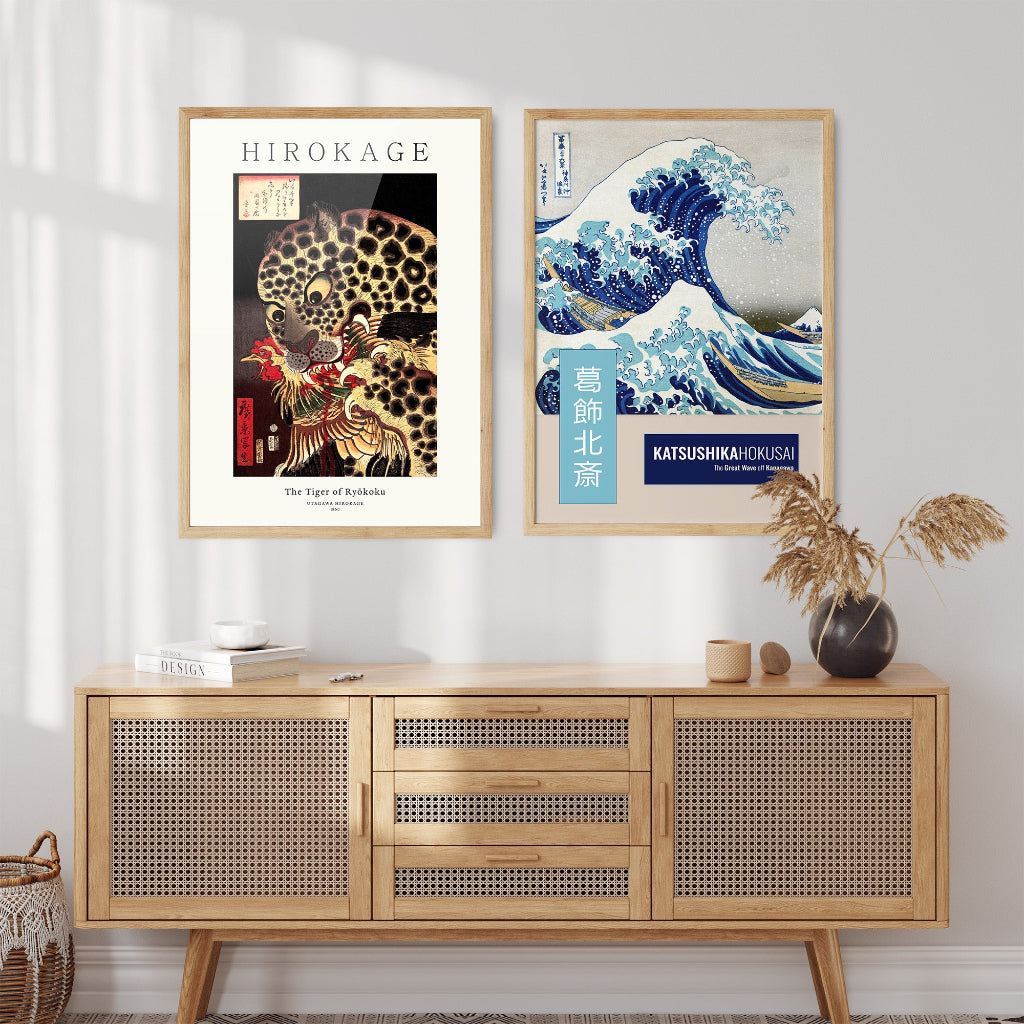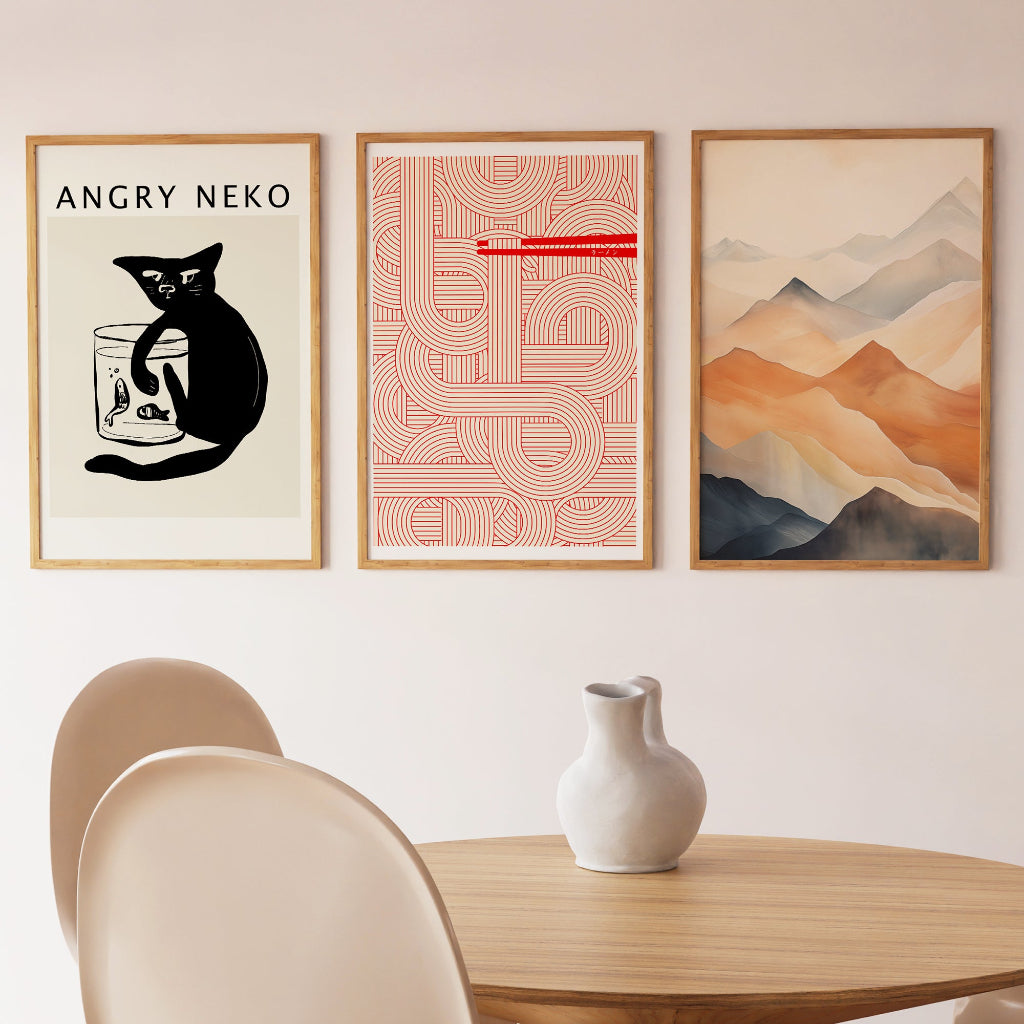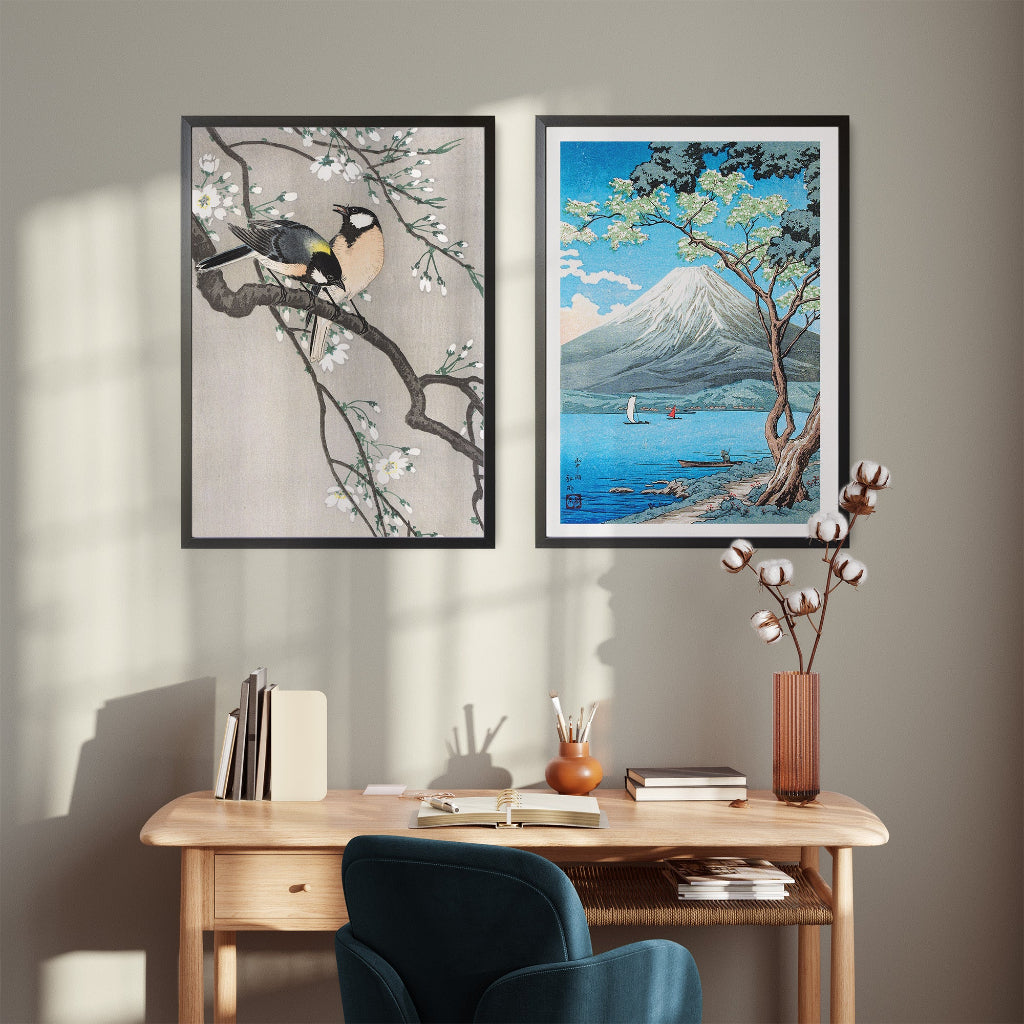Goyō Hashiguchi (1880–1921) was a leading Japanese artist of the Taishō period, renowned for his exquisite contributions to the Shin-Hanga ('new prints') movement. Despite a tragically short career and a very small output of only fourteen completed woodblock prints, Goyō is celebrated for his pursuit of artistic perfection and his masterful fusion of traditional Ukiyo-e aesthetics with a modern, realistic sensibility.
Born Hashiguchi Kiyoshi in Kagoshima Prefecture, he moved to Tokyo in 1899 to study art. He initially trained in Western-style oil painting (Yōga) under Kuroda Seiki at the Tokyo School of Fine Arts, graduating at the top of his class. However, he also developed a deep appreciation for traditional Japanese Ukiyo-e, particularly the works of masters like Utamaro and Harunobu. Goyō's career reflects this dual interest. He worked as a book and magazine illustrator, creating many beautiful designs for frontispieces (kuchi-e) and advertisements in a style that often blended Japanese and Western elements. His true passion, however, became the revival of Ukiyo-e woodblock printing, not as a mere imitation of the past, but as a contemporary art form.
In 1915, he was commissioned by . . . Read More >>
Goyō Hashiguchi (1880–1921) was a leading Japanese artist of the Taishō period, renowned for his exquisite contributions to the Shin-Hanga ('new prints') movement. Despite a tragically short career and a very small output of only fourteen completed woodblock prints, Goyō is celebrated for his pursuit of artistic perfection and his masterful fusion of traditional Ukiyo-e aesthetics with a modern, realistic sensibility.
Born Hashiguchi Kiyoshi in Kagoshima Prefecture, he moved to Tokyo in 1899 to study art. He initially trained in Western-style oil painting (Yōga) under Kuroda Seiki at the Tokyo School of Fine Arts, graduating at the top of his class. However, he also developed a deep appreciation for traditional Japanese Ukiyo-e, particularly the works of masters like Utamaro and Harunobu. Goyō's career reflects this dual interest. He worked as a book and magazine illustrator, creating many beautiful designs for frontispieces (kuchi-e) and advertisements in a style that often blended Japanese and Western elements. His true passion, however, became the revival of Ukiyo-e woodblock printing, not as a mere imitation of the past, but as a contemporary art form.
In 1915, he was commissioned by the publisher Shōzaburō Watanabe – a key promoter of Shin-Hanga – to design a print. The result was 'Bath' (Yuami), a stunning depiction of a nude woman, which became an iconic Shin-Hanga image. However, Goyō was a perfectionist and was dissatisfied with some aspects of Watanabe's production process. He chose to supervise the carving and printing of his subsequent prints himself, ensuring the highest possible quality.
He established his own studio and meticulously oversaw every stage, from design to the final print. His subjects were primarily bijin-ga (pictures of beautiful women), though he also created a few landscape and nature prints. His women are portrayed with a remarkable sensitivity, capturing their grace, introspection, and a subtle, modern sensuality. Works like 'Woman in Summer Clothing,' 'Woman Combing Her Hair,' and 'Hot Spring Inn' are celebrated for their elegant compositions, delicate lines, exquisite use of color (often soft and harmonious), and the fine textures achieved through masterful printing techniques like embossing and mica.
Goyō was a contemporary of other Shin-Hanga artists like Itō Shinsui and Hasui Kawase, who also worked with Watanabe. However, Goyō's meticulous approach and limited output set him apart. His pursuit of perfection meant he produced very few prints before his untimely death from meningitis at the age of 40. Despite this, his influence on the Shin-Hanga movement was profound.
Goyō Hashiguchi's legacy is that of an artist who, in a few masterful works, set an incredibly high standard for modern Japanese woodblock prints, creating images of timeless beauty and refinement.
If you want to know more about the artist: Goyō Hashiguchi - Wikipedia
<< Read Less








